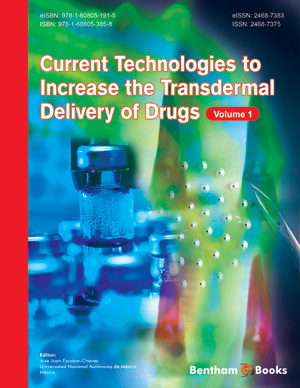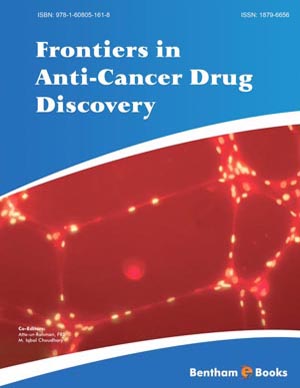Abstract
Angiogenesis is a physiological phenomenon that establishes the vascular tree during development and maintains the supply of oxygen and nutrients to organs during adult life. A tight balance exists between several pro- or anti-angiogenic actors. The level of these molecules determines de novo angiogenesis or a highly controlled steady-state. Hence, a slight modification of this equilibrium inducing an increase of angiogenesis may provoke pathological angiogenesis in particular favouring aggressiveness of cancers by contributing to tumour growth and metastasis. Disruption of the angiogenic balance is a result of over production of chemokines, in particular the Vascular Endothelial Growth Factor (VEGF) or members of the ELR+CXCL family (ELR for glutamic acid (E), leucine (L) and arginin (R)), which are major proangiogenic factors. Their receptors (VEGFR or CXCR) present at the surface of endothelial and tumour cells are also essential to drive angiogenesis through activation of signalling pathways (RAS/RAF/MEK/ERK and PI3 Kinase/AKT/mTOR). Both signalling pathways drive cell proliferation, survival, and production of angiogenic and inflammatory cytokines. In this context, clear cell renal cell carcinomas (ccRCC) represent a paradigm of deregulated angiogenesis. Thus, ccRCC have been widely used to better understand pathological angiogenesis leading to over vascularization and it will be discussed in this revue the different approaches used by companies to study the implication of angiogenesis in cancers and to develop antibodies or pharmacological inhibitors targeting major receptors or cytokines. Although some therapeutic compounds are used in the clinic, they have given disappointing results particularly on the improvement of global survival. Hence the current challenge is to improve the existing therapeutics or to stratify the patients that will really benefit from them in order to tend to a more personalized therapy.
Keywords: Angiogenesis, clear cell renal cell carcinoma, ELR+CXCL, immunotherapy, tyrosine kinase receptors, VEGF.






















